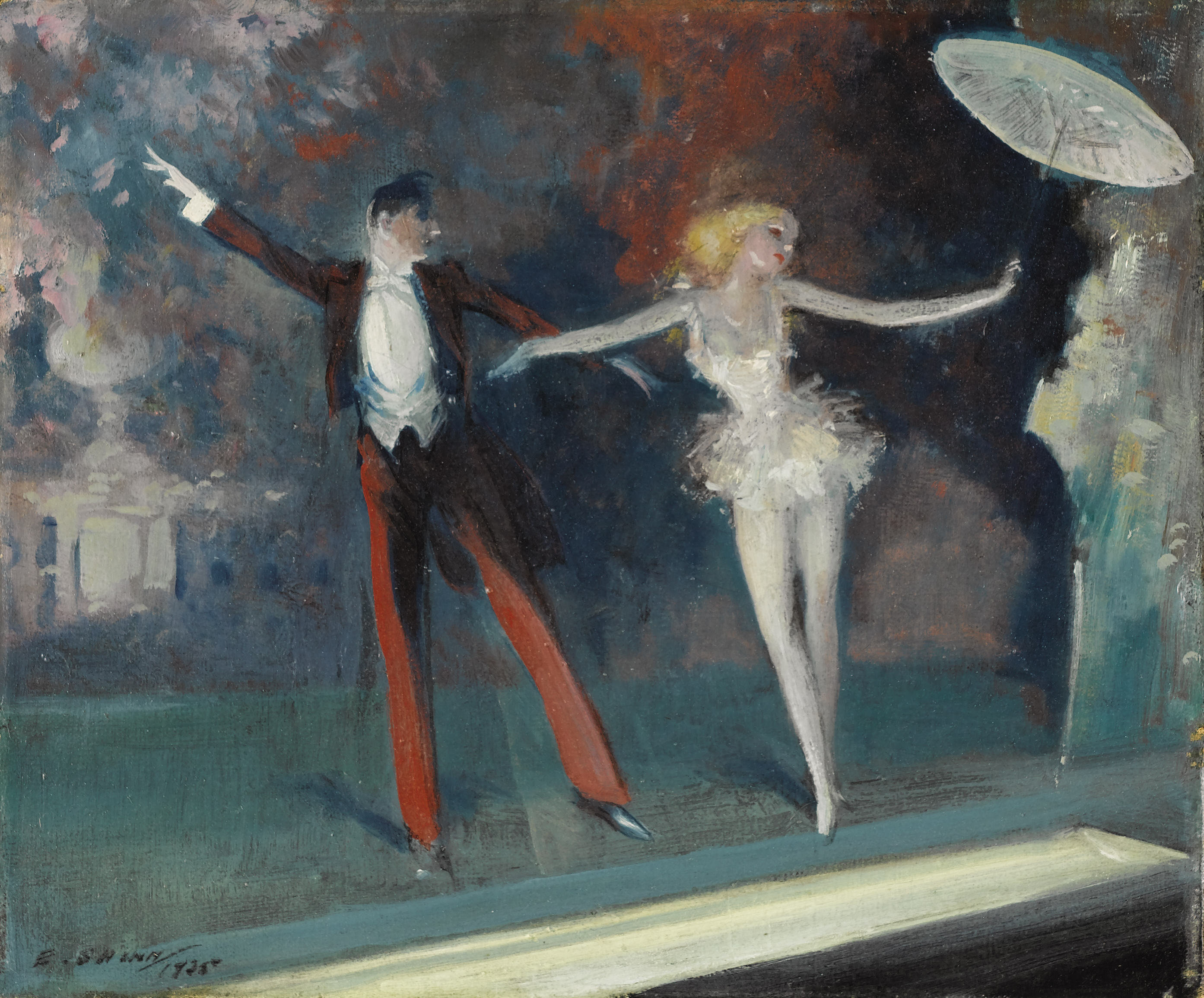
By Jim O’Neal
One man poisoned himself, his wife and their two young children. Another dropped dead in his stockbroker’s office. Still another (in North Carolina) went into his garage and shot himself. Both the rich and poor were affected.
Winston Churchill woke up in a New York hotel room to a loud commotion. “Under my very window, a gentleman cast himself 15 stories and was dashed to pieces.” Irving Berlin explained it this way: “I had all the money I wanted for the rest of my life. Then suddenly I didn’t!”
It was Black Tuesday, Oct. 29, 1929.
The “Roaring Twenties” conjures up Prohibition, gangsters, flappers and bizarre fads: flagpole sitting, dance marathons, talking movies, the Marx Brothers … and the greatest fad of all … playing the stock market.
Previously a rich man’s game, by the 1920s one million Americans owned 300 million shares of stock, much of it bought on margin. And why not? There were all these new things like radios, telephones, affordable cars and, especially, the ticker tape machine allowing individuals to buy and sell stocks almost instantly.
A person would have to be crazy to stick their money in a bank when you could make a small fortune buying “on the margin.” Calvin Coolidge said: “The business of America is business” and business was booming!
New technologies for refining oil allowed companies to produce more iron, steel, gas and chemicals. Then Treasury Secretary Andrew Mellon cut corporate taxes and previously marginal companies had more money to spend. Many of them spent it buying stocks, driving the stock market even higher (and also boosting their profits).
During the summer of 1929, the stock market reached an all-time high with a record number of shares purchased. However, astute investors noticed a number of troubling warning signs. First was the ever-increasing number of shares bought on margin, a key indicator of increased leverage and a tell-tale sign of speculation versus investing. Second, only 400 of the 1,200 companies listed on the NYSE were actually increasing their revenues and profits fast enough to justify the higher stock prices. Lastly, “Stock Trusts,” pools of money by wealthy investors, could manipulate individual stocks by simply investing heavily in them.
The stock market was being rigged in plain sight, but only a few like business theorist Roger Babson was warning about an impending crash.
Throughout September and October, market volatility increased sharply and on Oct. 24, a near-crash occurred (Black Thursday) when there was a sharp, terrifying plunge. When the market opened, it went straight down and by mid-afternoon stocks had lost $11 billion. But brokers managed to stabilize it and it recovered 75 percent.
On Monday, there was another plunge as those who had survived decided to try and salvage what they had, despite many calls of reassurance. And on Tuesday, Oct. 29, the carnage really began.
The day started with thousands of people congregating on Wall Street, as if they needed to be present for some historic event. All of the major stocks began to crash.
Brokers were flooded with sell orders.
In two hours, eight million shares were sold. Then more margin calls were made and people began to literally fall into shock. By 3 p.m., after five hours of trading, the market closed. Sixteen million shares had been traded at an estimated loss of $15 billion.
Then stories of suicides began. Will Rogers wrote, “You had to stand in line to get a window to jump out of.” Then businesses began to die as well. First to go were the investment firms, followed by the companies who over-speculated on stocks, and then finally the banks.
Like a house of cards, the Roaring Twenties tumbled to an end and the country was entering the first phase of the Great Depression. It would continue for another 12 long years until we entered World War II.
Nothing like a nice little world war to get the economy humming again.
Intelligent Collector blogger JIM O’NEAL is an avid collector and history buff. He is President and CEO of Frito-Lay International [retired] and earlier served as Chairman and CEO of PepsiCo Restaurants International [KFC Pizza Hut and Taco Bell].
